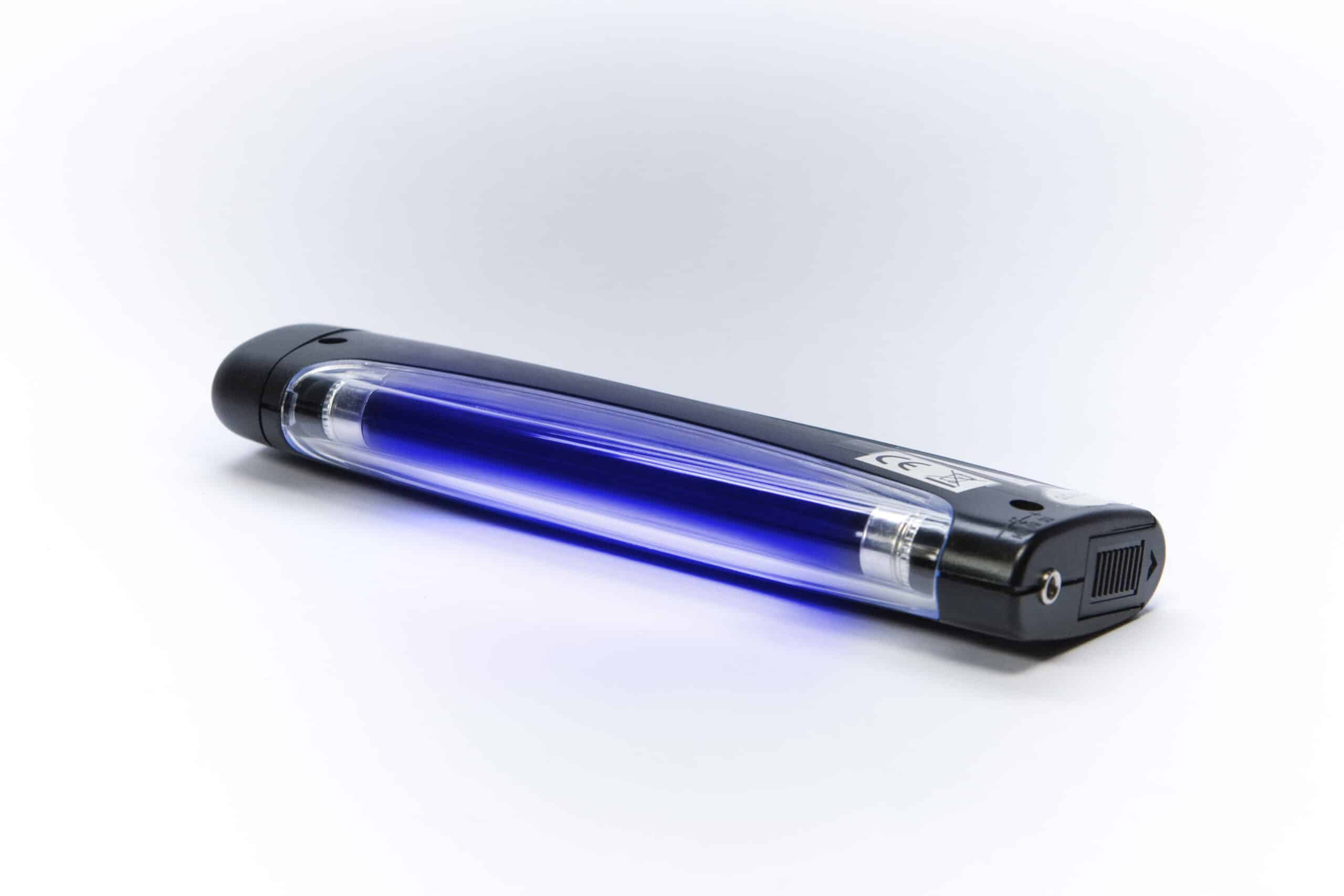Continuous low doses of far ultraviolet C lighting light can kill airborne flu viruses without harming human tissues according to researchers at the Columbia University Irving Medical Center. Overhead far-IVC lighting found at schools, airports, doctors’ offices, hospitals and other public spaces could provide an effective check on seasonal flu epidemics and pandemics.
For decades it has been known that broad spectrum UVC lighting with the wavelength between 200-400 nanometers is highly effective at killing viruses and bacteria by destroying the molecular bonds that hold their DNA together. Conventional UV lighting is routinely used to decontaminate surgical equipment, unfortunately conventional germicidal UV lighting is a human health hazard leading to cataracts and cancers, that is why prevents it from being used in public places.
It was hypothesized that far-UVC light which is a narrow spectrum of UV light could kill off microbes without damaging any healthy tissues as it has a limited range that can not penetrate the outer dead cell layer on human skin or the tear layer in the eyes, but bacteria and viruses are far smaller than human cells so far-UVC light can reach their DNA and kill them.
In the team’s previous research they were able to demonstrate that far-UVC light was effective at killing methicillin resistant S.aureus bacteria, which is a common cause of surgical wound infections, without harming model mouse or human tissue.
Spreading of influenza is mainly occurs through fine liquid drops or aerosols that become airborne as people breathe, sneeze, cough, or talk. Researchers designed this study to test if far-UVC light could efficiently kill aerosolized influenza virus in the air, using aerosolized H1N1 virus in a setting similar to a public place, by exposure to very low doses of 222 nm far-UVC lights, with a control group of aerosolized virus not being exposed to far-UVC light. The far-UVC light was able to efficiently inactivate the H1N1 viruses with the same efficiency as conventional germicidal UV light.
This work confirmed the hypothesis that overhead low leveled far-UVC lights in public location would be an effective and safe way to limiting the spreading of airborne mediated microbial diseases such as tuberculosis and influenza.
Currently the lamps are around $1000 each, but that cost would decrease if the lamps were to become mass produced, the far-UVC lights are relatively inexpensive. Unlike the flu vaccines, far-UVC is effective against airborne microbes, even new strains, without the harmful side effects.




